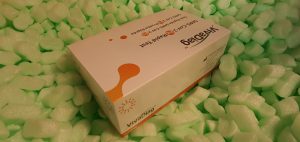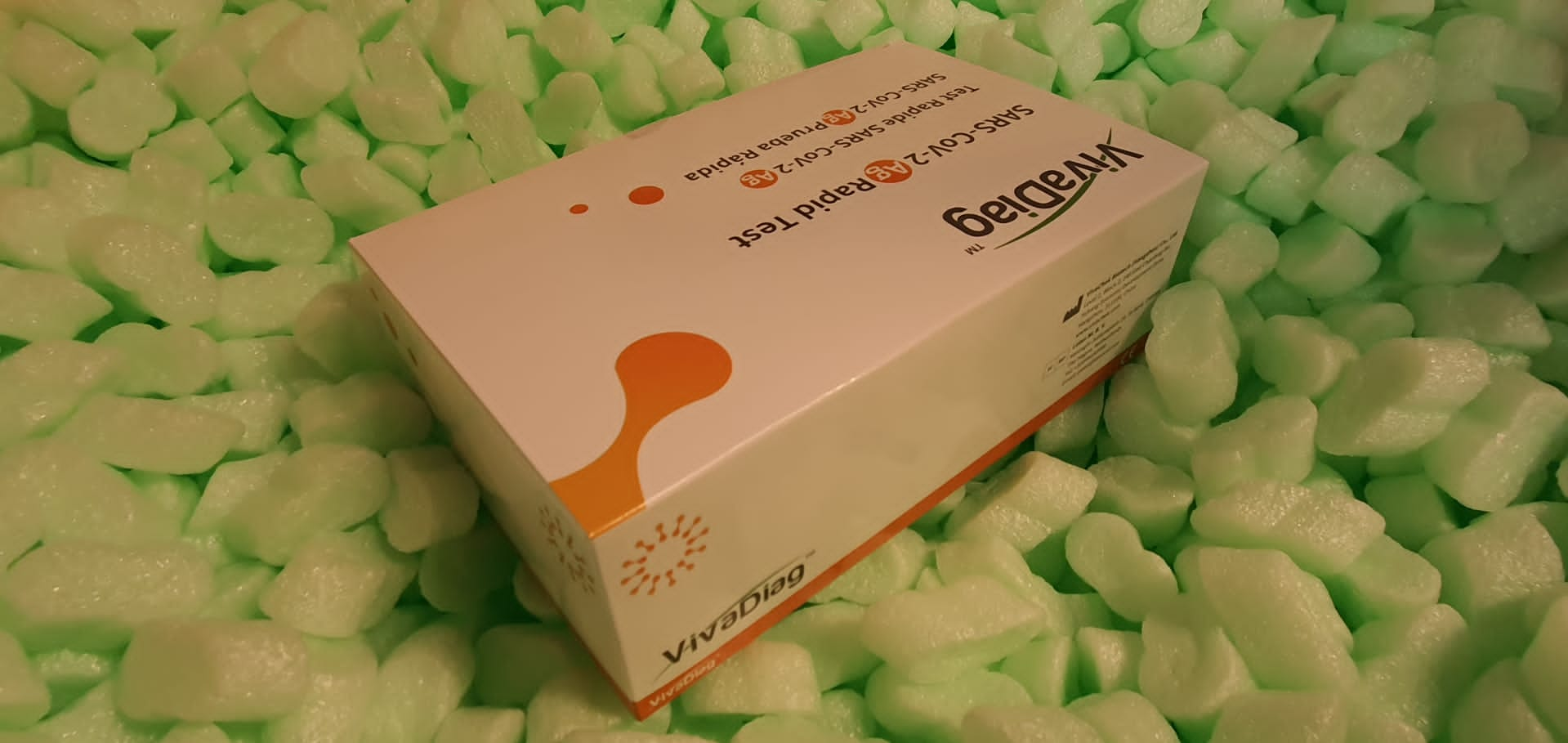Mesenchymal stromal cell (MSC)-based cell remedy has obtained nice curiosity in regenerative medication. Priming the cells through the tradition section can enhance their efficacy and/or survival after injection. The literature means that MSC extracellular vesicles (EV) can recapitulate a considerable a part of the useful results of the cells they originate from, and that micro-RNAs (miRNAs) are essential gamers in EV organic motion. Right here, our purpose was to find out if two classical priming strategies of MSC, interferon-gamma (IFNγ) and hypoxia (HYP), may modify their EV miRNA content material. Human bone marrow MSCs (BM-MSCs) from 5 wholesome donors had been cultured with IFNγ or in HYP or in management (CONT) situations. The conditioned media had been collected after 48 h in serum-free situation and EV had been remoted by ultracentrifugation.
Complete RNA was remoted, swimming pools of CONT, IFN, and HYP cDNA had been ready, and a miRNA profiling was carried out utilizing RT-qPCR. Then, miRNAs had been chosen primarily based on their detectability and measured on every particular person EV pattern. Priming had no impact on EV quantity or measurement distribution. A set of 81 miRNAs was detected in at the very least one of many swimming pools of EVs. They had been measured on every particular person pattern; 41 miRNAs had been detected in all samples. The principal element evaluation (PCA) didn’t discriminate the teams. HYP induced a major lower in EV hsa-miR-34a-3p content material and IFN induced a major improve in 5 miRNAs. Taken collectively, we discovered solely restricted alterations within the miRNA panorama of MSC EV with a excessive inter-individual variability.
Cytotoxic and antimicrobial potential of various leaves extracts of R. fruticosus used historically to deal with diabetes
Medicinal plant as natural medication is extensively used to remedy infectious ailments. Rubus fruticosus L (R. fruticosus) has been studied for its antimicrobial and cytotoxic actions. Completely different polarity go away extracts had been ready by utilizing hexane, chloroform, ethyl acetate and hydro alcoholic solvents. Agar diffusion technique has been used to evaluate the antibacterial exercise towards two gram-positive Enterococcus faecalis and Staphylococcus aureus and two gram-negative Escherichia coli and Haemophilus influenza bacterial strains. Cytotoxic exercise was carried out towards brine shrimp utilizing the nauplii technique (BSL).
The outcomes so obtained for numerous experiments demonstrates the whole variety of extracts produces average to sturdy antibacterial exercise towards the gram (+ and -). The very best exercise was found inside hydro alcoholic upon all concentrations, whereas the inhibition zone exists inside the vary of 6-11 mm. Along with that, the cytotoxic exercise check confirms that hydro alcoholic extracts the utmost toxicity for values LC50, the place the LC50 values for all extracts be positioned inside the vary of 4.68-6.96 μg/ml. Lastly, the plant itself and its derived extracts have been used as a people medication to deal with critical infectious ailments.
This research was carried out to evaluate modifications over time within the high quality of analysis in oral and maxillofacial surgical procedure (OMS) by inspecting the extent of proof of printed articles. A secondary purpose was to find out the connection of the journal impression issue to those ranges of proof. The 4 main OMS journals with an impression issue had been assessed. Articles printed in 2017 and 2018 had been categorized primarily based on their stage of proof, and their correlation with the 2019 journal impression issue was investigated utilizing Spearman’s rank correlation coefficient.
Genome and transcriptome of Papaver somniferum Chinese language landrace CHM signifies that large genome growth contributes to excessive benzylisoquinoline alkaloid biosynthesis
Opium poppy (Papaver somniferum) is a supply of morphine, codeine, and semisynthetic derivatives, together with oxycodone and naltrexone. Right here, we report the de novo meeting and genomic evaluation of P. somniferum conventional landrace ‘Chinese language Natural Medication‘. Variations between the two.62 Gb CHM genome and that of the beforehand sequenced excessive noscapine 1 (HN1) selection had been additionally explored. Amongst 79,668 protein-coding genes, we functionally annotated 88.9%, in comparison with 68.8% reported within the HN1 genome. Gene household and 4DTv comparative analyses with three different Papaveraceae species revealed that opium poppy underwent two whole-genome duplication (WGD) occasions.
The primary of those, in ancestral Ranunculales, expanded gene households associated to attribute secondary metabolite manufacturing and illness resistance. The more moderen species-specific WGD mediated by transposable components resulted in large genome growth. Genes carrying structural variations and large-effect variants related to agronomically completely different phenotypes between CHM and HN1 that had been recognized by way of our transcriptomic comparability of a number of organs and developmental levels can allow the event of recent varieties. These genomic and transcriptomic analyses will present a worthwhile useful resource that informs future primary and agricultural research of the opium poppy.
This was a cross-sectional evaluation of pharmacogenetic info within the Associations desk and particular person drug labeling in March 2020. We used the Desk of Pharmacogenomic Biomarkers in Drug Labeling to establish drug labels to evaluate. We categorized the pharmacogenetic info for every drug-gene pair based on whether or not the aim was to explain (1) polymorphisms affecting drug disposition (metabolism or transport), (2) polymorphisms affecting a direct drug goal, (3) variants related to antagonistic drug response (ADR) susceptibility, (4) variants related to therapeutic failure, (5) a biomarker-defined indication, or (6) a biomarker-defined ADR.
We additionally categorized the scientific outcome-efficacy, security, or unknown-associated with every drug-gene pair. We reported counts and proportions of drug-gene pairs in every pharmacogenetic info and scientific consequence class.


